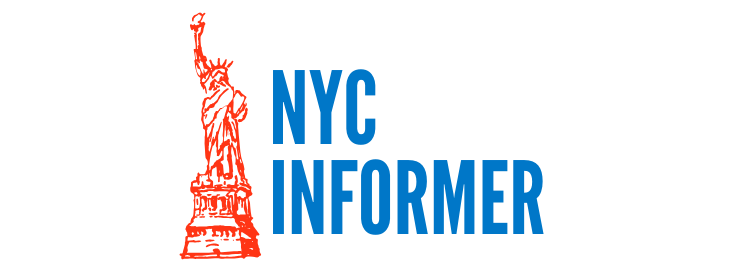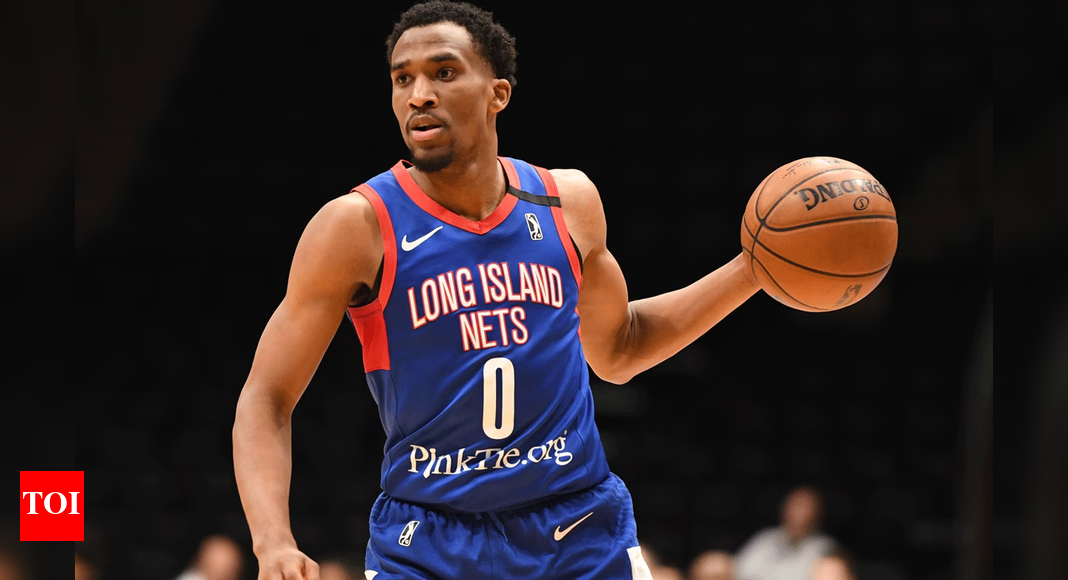The basketball world rarely pays close attention to G-League transactions, but the recent trade involving former NBA lottery pick Killian Hayes offers a compelling narrative about resilience, opportunity, and the evolving landscape of professional basketball development. The Long Island Nets’ decision to trade Hayes’ rights to the Cleveland Charge for two future G-League draft picks represents more than a simple roster move—it’s a strategic gamble that could reshape multiple careers and organizational trajectories.
The Trade That Sparked New Beginnings
In a move that caught many basketball analysts off guard, the Long Island Nets, Brooklyn’s G-League affiliate, traded the rights to Killian Hayes to the Cleveland Charge in exchange for two future G-League draft picks. This transaction came as Hayes signed a training camp deal with the Cleveland Cavaliers, positioning himself for what many hope will be a successful comeback story in professional basketball.
The timing of this trade is particularly significant, as it aligns with Hayes’ renewed commitment to reviving his professional career. For Cleveland, acquiring Hayes’ rights provides them with exclusive G-League access to a player who, despite his NBA struggles, still possesses the fundamental skills and basketball IQ that made him a lottery selection just a few years ago.
From Promise to Struggle: Hayes’ NBA Journey
The Lottery Pick Era
Killian Hayes entered the NBA with considerable fanfare when the Detroit Pistons selected him with the 7th overall pick in the 2020 NBA Draft. The French point guard brought an intriguing combination of size, court vision, and international experience that suggested he could develop into a cornerstone player for Detroit’s rebuilding efforts.
Hayes’ pre-NBA resume was impressive: he had competed professionally in Germany’s Basketball Bundesliga and demonstrated the kind of mature decision-making typically associated with players several years his senior. Standing 6’5″ with excellent passing instincts, he appeared to be exactly the type of point guard who could thrive in the modern NBA’s emphasis on versatility and basketball intelligence.
The Reality of NBA Competition
However, Hayes’ NBA tenure with Detroit proved challenging. Over parts of three seasons, he struggled to find consistent playing time and rhythm, averaging modest numbers that fell well short of lottery pick expectations. His shooting percentage remained a concern, and the adjustment to the NBA’s speed and physicality proved more difficult than anticipated.
The Pistons eventually moved on from Hayes, but his story is far from unique in the modern NBA. The league’s competitive intensity and reduced patience for development have created situations where talented players sometimes need alternative pathways to reach their potential.
Cleveland’s Strategic Vision
The Cavaliers’ Development Philosophy
Cleveland’s interest in Hayes reflects the organization’s commitment to player development and strategic talent acquisition. The Cavaliers have built a reputation for identifying undervalued players and providing them with the structure and opportunity needed to maximize their potential. This approach has paid dividends in recent years, contributing to their emergence as a competitive Eastern Conference team.
By offering Hayes a training camp opportunity while simultaneously acquiring his G-League rights, Cleveland has created multiple pathways for the young guard to contribute to their organization. If Hayes performs well in training camp, he could earn a roster spot or two-way contract. If not, the Charge can continue his development while maintaining organizational control over his progress.
The G-League as a Development Tool
The G-League has evolved significantly in recent years, transforming from a simple minor league into a sophisticated development system that provides realistic pathways back to NBA rosters. For players like Hayes, the G-League offers an opportunity to rebuild confidence, refine skills, and demonstrate improved performance in a competitive environment that closely mirrors NBA basketball.
Cleveland’s Charge affiliate has established itself as one of the more successful G-League organizations, both in terms of on-court performance and player development. Their coaching staff and organizational structure provide an ideal environment for Hayes to address the areas of his game that limited his NBA success.
The Broader Implications
G-League Draft Picks as Currency
The Long Island Nets’ decision to trade Hayes for two future G-League draft picks reflects the increasing value placed on G-League assets. These picks provide flexibility and the opportunity to identify emerging talent before other organizations recognize their potential.
G-League draft picks have become valuable commodities because they offer teams the chance to discover players who might have been overlooked by traditional scouting methods. International players, late bloomers from smaller colleges, and players returning from injury all represent potential diamonds in the rough that can be accessed through the G-League draft.
Changing Perspectives on Player Development
Hayes’ situation exemplifies the modern NBA’s evolving approach to player development. Rather than viewing G-League assignment as a demotion, teams and players increasingly recognize it as a strategic step in long-term career development. The stigma once associated with G-League play has diminished as success stories have accumulated.
Players like Duncan Robinson, Fred VanVleet, and Christian Wood have demonstrated that G-League experience can serve as a launching pad for significant NBA careers. These examples provide hope and motivation for players like Hayes who are working to rebuild their professional trajectories.
What This Means Moving Forward
Hayes’ Opportunity for Reinvention
For Killian Hayes, this trade and training camp opportunity represent a crucial juncture in his career. At still just 23 years old, he has ample time to address the weaknesses that limited his early NBA success. The key will be demonstrating improved shooting consistency, enhanced defensive awareness, and the leadership qualities that made him an attractive prospect initially.
Cleveland’s development system, both at the NBA and G-League levels, provides Hayes with access to high-quality coaching, sports science resources, and a competitive environment that should challenge him to elevate his performance.
Organizational Benefits
Both organizations stand to benefit from this transaction. Cleveland gains access to a player with proven talent and significant upside potential, while Long Island acquires valuable draft assets that provide future flexibility. These types of strategic moves demonstrate the sophisticated asset management that has become essential in modern basketball operations.
Key Takeaways
- Second chances matter: Hayes’ opportunity with Cleveland demonstrates how the modern basketball landscape provides multiple pathways for talented players to rebuild their careers
- G-League evolution: The development league has become a sophisticated system that offers legitimate opportunities for NBA advancement
- Strategic asset management: Teams increasingly view G-League draft picks and player rights as valuable commodities worth strategic investment
- Player development focus: Cleveland’s approach exemplifies how successful organizations create multiple pathways for talent acquisition and development
- Long-term perspective: At 23, Hayes still has significant time to develop into the player many believed he could become when drafted in the lottery
The basketball world will be watching closely to see whether this change of scenery and organizational philosophy can help Killian Hayes realize the potential that made him a lottery pick. Regardless of the ultimate outcome, this transaction represents the kind of strategic thinking and player development focus that increasingly defines successful basketball operations in the modern era.

Born and raised amidst the hustle and bustle of the Big Apple, I’ve witnessed the city’s many exciting phases. When I’m not exploring the city or penning down my thoughts, you can find me sipping on a cup of coffee at my favorite local café, playing chess or planning my next trip. For the last twelve years, I’ve been living in South Williamsburg with my partner Berenike.

